Namtso
Namco, located in the central part of Tibet Autonomous Region, is the second largest lake in Tibet and the third largest saltwater lake in China. The lake is 4718 meters above sea level, approximately rectangular in shape, more than 70 kilometers long in East and west, 30 kilometers wide in North and south, with an area of about 1920 km.
Early scientific expeditions suggested that the maximum depth of the Nam Fault was 33 meters, but a re-survey of the lake in the last two years revealed that the Nam Fault was more than 120 meters deep. The storage capacity is 76 billion 800 million cubic meters, which is the largest lake in the world.
"Nam Co" is Tibetan, Mongolian name is "Tenggeli sea", is "Heaven Lake" meaning. Nam Co is one of the three sacred lakes in Tibet. Na Mu CuO is the first God lake of the ancient elephant, the Buddha and the emperor, and one of the famous Buddhist shrines.
Nam Co is located in the Qinghai Tibet Plateau, which originated from the orogeny started about 70 million years ago.
The product of the extrusion and uplift of the subcontinental plate and the India plate. According to geological survey data and scientific investigation, Namco area belongs to Lhasa terrane, with at least one billion years ago Precambrian continental crust as the basement, after a long period of time, about the late Jurassic accretion to part of the Qiangtang terrane above.
The Nam Co is a huge lake basin formed by the Himalaya movement depression in the late third and early fourth. Its formation and development are controlled by geological structure, formed by Himalayan movement depression, is a fault depression structural lake, and has glacial trace. Later, due to the gradual drying of the Tibetan Plateau, the area of Namu Cuo was greatly reduced. There are 8 to 10 existing ancient lake rock lines, the highest of which is about 80 meters from the present Lake surface.
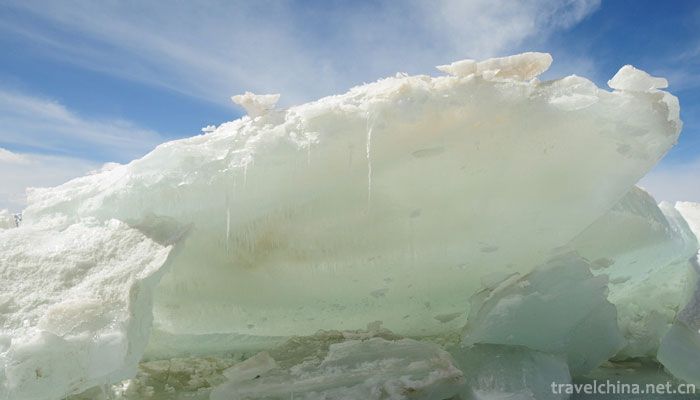
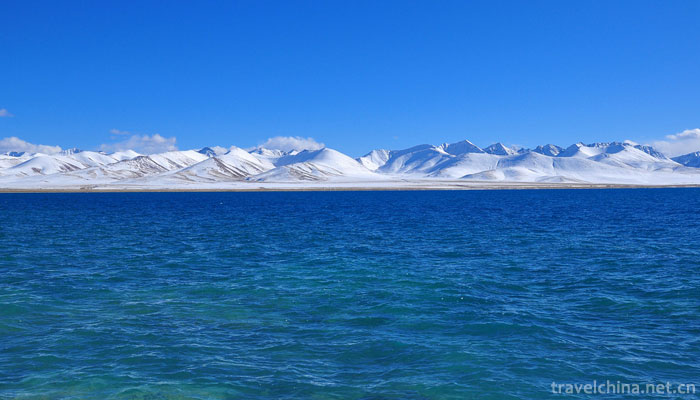
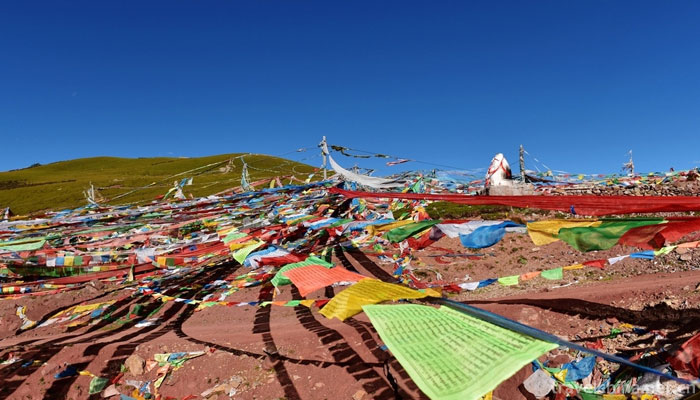
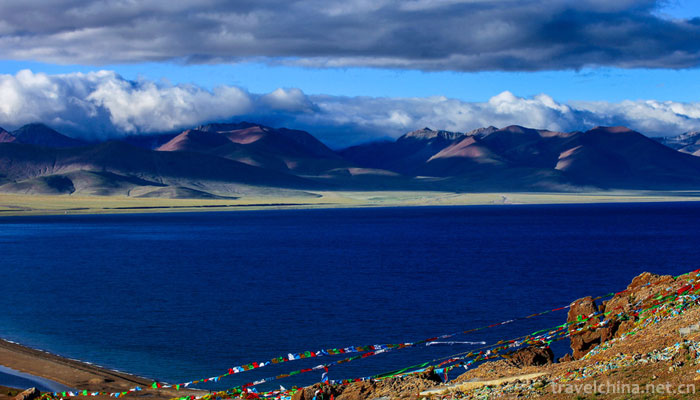
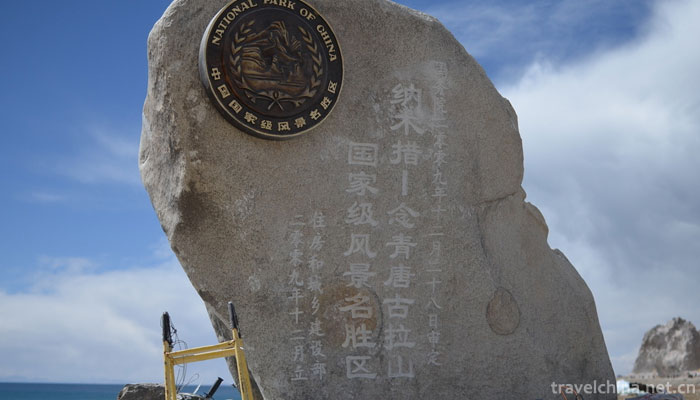
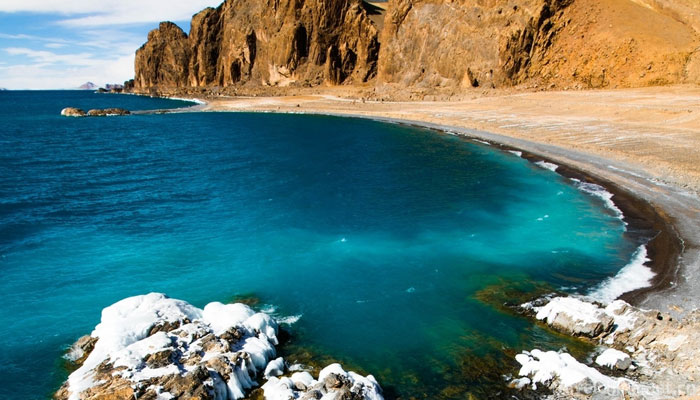
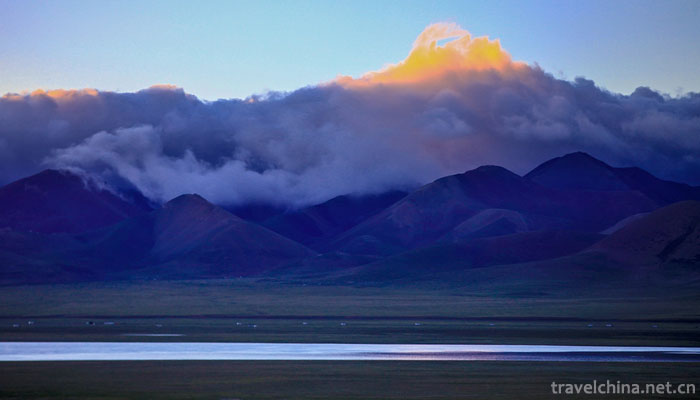

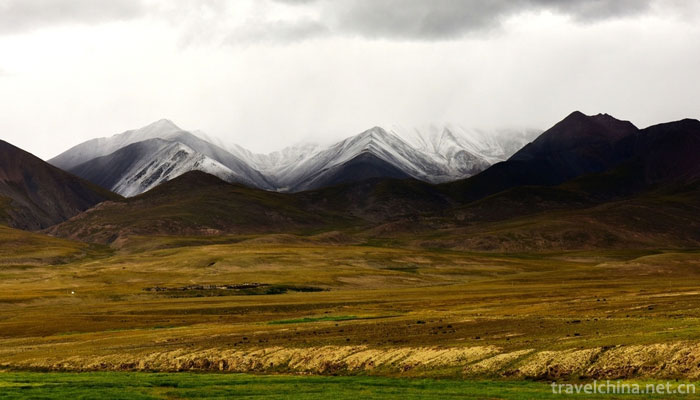
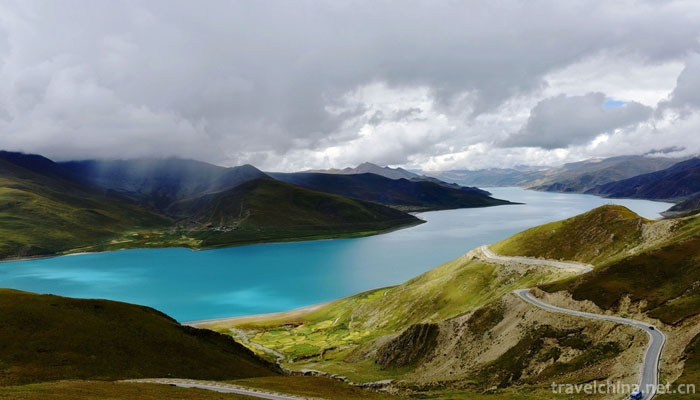
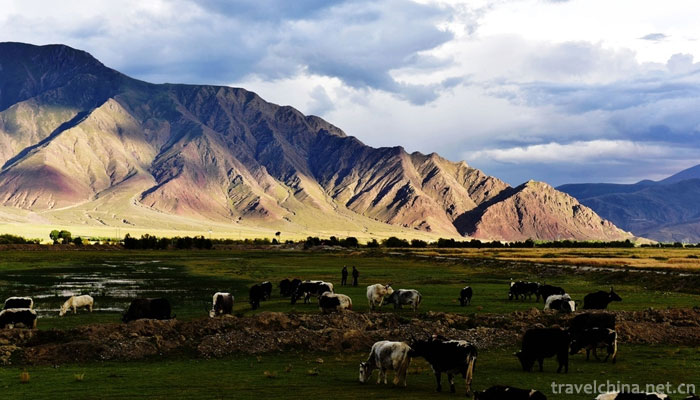
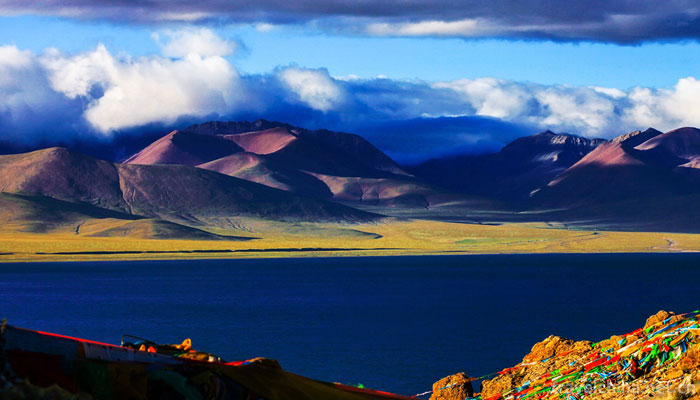
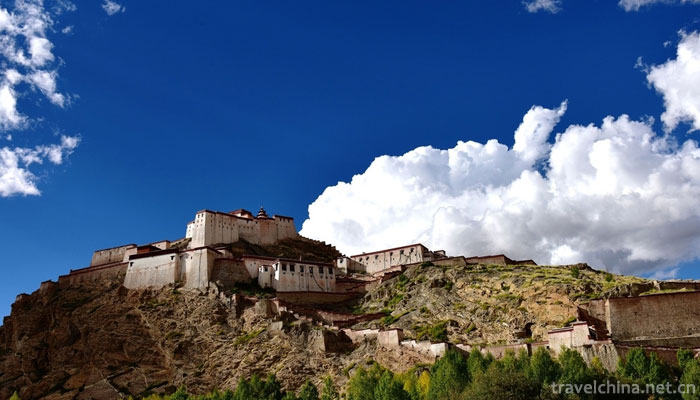

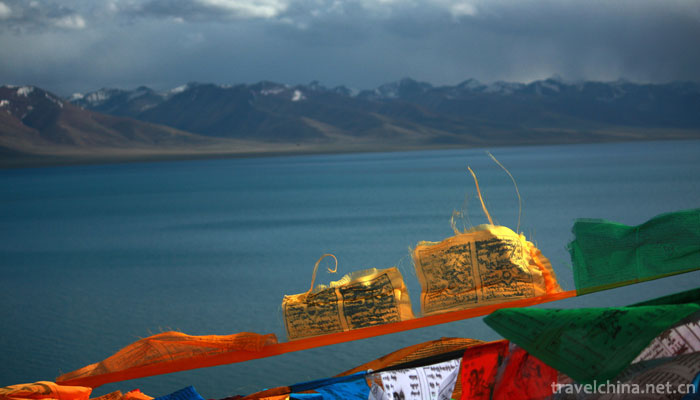

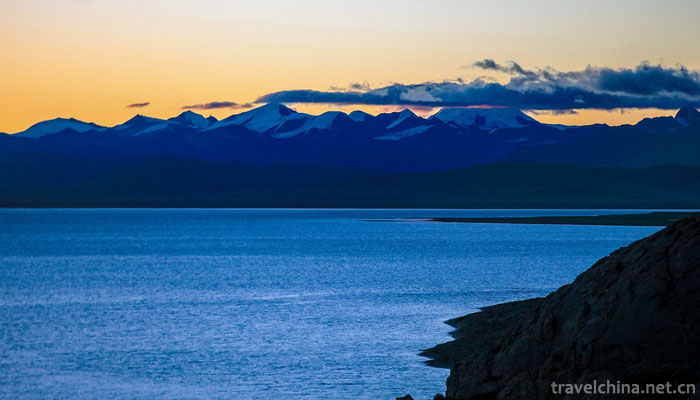
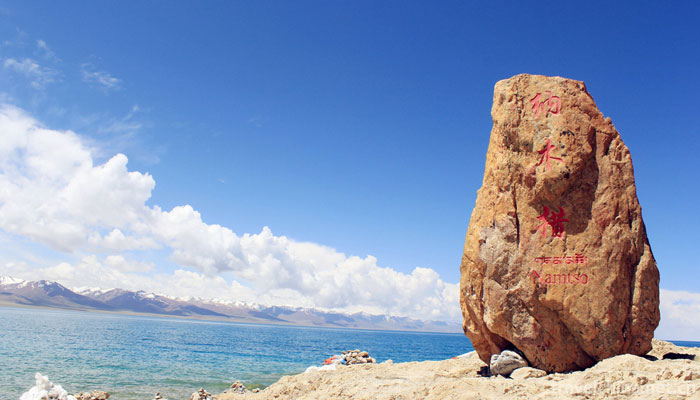
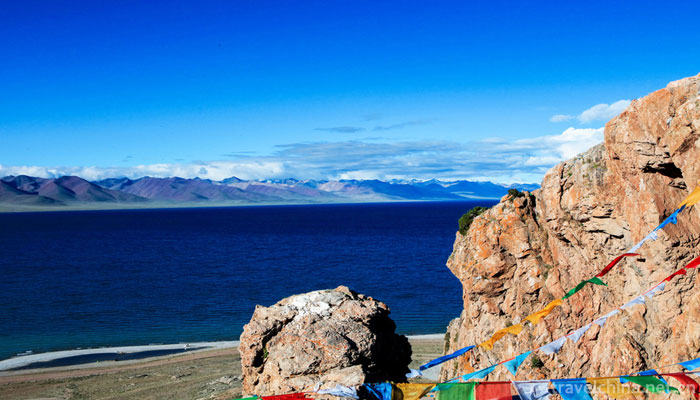

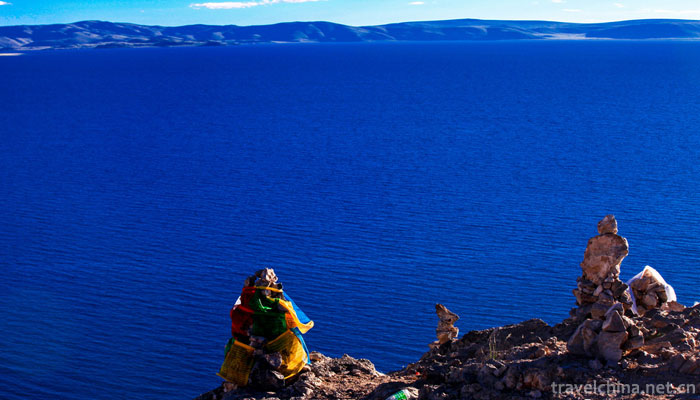


-
1.Water surface
The water surface is a traditional snack in Shaanxi and Gansu Province. Legend has it that Liu Bang, the ancestor of the Han Dynasty
Time 2018-11-02 -
2.Hongtong Dahuaishu Ancestor Memorial Garden
Located in Hongdong County, Shanxi Province, Hongdong Dahuashu ancestor-seeking scenic spot is the only national sacrificial site with the theme of "root-seeking" and "ancestor-sacrific
Time 2018-11-24 -
3.Chongqing Yunyang Longgang National Geological Park
Yunyang Longgang Scenic Spot: National AAAAA Class Tourist Spot, National Geopark and National Day 2016 "Best Tourist Service Scenic Spot"
Time 2018-12-12 -
4.Fenghuangling Natural Scenic Park
Beijing Fenghuangling Natural Scenic Park is China's National AAAA Scenic Area. The scenic spot is located in the northwest of Haidian District, 51 kilometers away from Tiananmen straight line
Time 2018-12-26 -
5.Flaming Mountains
Flame Mountain in Xinjiang is the most famous scenic spot in Turpan. Located in the northern margin of Turpan Basin, the northern route of the ancient Silk Road is mainly composed of red sand
Time 2019-01-19 -
6.kangbaiwan manor
Kang Million Manor, also known as Heluo Kangjia, is located in Kangdian Town, Gongyi City, Henan Province (formerly Gongxian County). It was built in the late Ming and early Qing Dynasties
Time 2019-01-29 -
7.Shimen Xianhu Scenic Area
Shimen Xianhu Scenic Area is the first national 3A-level tourist scenic spot in Rongan County, located in Liuzhou, Guangxi. It has high Gorges out of Pinghu Lake
Time 2019-02-08 -
8.Sizhou opera
Sizhou Opera is one of the four major operas in Anhui Province. Its original name is Lahun Opera. It has a history of more than 200 years. Many people think that it originated in Haizhou, northern Jia
Time 2019-06-16 -
9.Vegetarian production skills
Gongdelin vegetarian food originated in temples. During Tongzhi period of Qing Dynasty, Temple vegetarian food gradually entered society. In 1922, the disciples of Wikipedia, a Buddhist monk at Changj
Time 2019-06-17 -
10.Recitative
Recitation is a local traditional music form in Changzhou City, Jiangsu Province, which has a high reputation at home and abroad. The art of reciting belongs to "minority culture", which is
Time 2019-07-13 -
11.Folk Stories of Zouma Town
Folk stories of Zouma Town, Jiulongpo District, Chongqing City, are spread in Zouma Town. The exact age of its origin can not be verified. However, the Zouma Town was established in the late Ming and
Time 2019-08-16 -
12.Yibin economy
In 2019, Yibin City will realize a GDP of 260.189 billion yuan, an increase of 8.8% over the previous year in terms of comparable prices. Among them, the added value of the primary industry was 27.764 billion yuan, an increase of 2.9%; the add
Time 2020-12-18